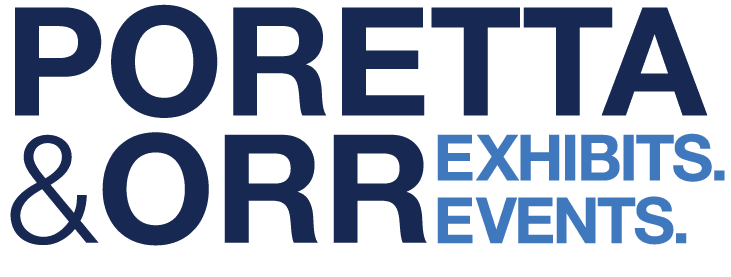As we all likely know, trade shows and conventions are pivotal events where industry professionals share knowledge, showcase innovations, and foster connections. For exhibitors, these events are an invaluable opportunity to demonstrate, sell or educate on their products and services or raise their brand visibility to a highly targeted audience. However, the potential benefits can only be fully realized through a well-thought-up and prepared strategic plan. Exhibitor training should be part of that plan. It is not just a preparatory step; it is a strategic necessity for achieving success in tradeshows and conventions, across all sectors. Here are few reasons why:
1. Maximizing Engagement
Effective exhibitor training equips staff with the skills necessary to engage attendees effectively. In any sector, communicating and speaking the language of your target audience is key. In healthcare conventions, attendees often consists of highly educated and informed HCP’s, it’s crucial that the booth staff can communicate product information clearly, answer scientific questions, and in some cases provide in-depth demonstrations. Training ensures that exhibitors can articulate the value propositions of their products or services, leading to more meaningful interactions and potential leads.
2. Understanding Regulatory and Compliance Requirements
The healthcare industry is heavily regulated, as are other industry sectors, and this extends to how products and services can be marketed and presented. Exhibitor training programs often include detailed sessions on compliance with industry regulations, ensuring that all promotional activities are legally sound and ethically appropriate and approved by legal and regulatory departments. Understanding these nuances helps prevent costly compliance violations and enhances the credibility of the exhibiting company.
3. Optimizing Booth Design and Layout
A well-designed booth can significantly enhance the visitor experience and attract more foot traffic. Training sessions typically cover best practices in booth design, layout, and visitor flow management. By learning how to create an inviting and functional booth space, exhibitors can maximize their visibility and engagement with attendees. This includes effective use of displays, interactive elements, lead retrieval usage and strategic placement of information to capture and retain visitor interest.
4. Utilizing Lead Generation and Follow-Up
One of the primary goals of exhibiting at a tradeshow is lead generation. Training helps exhibitors develop strategies for identifying, qualifying, and capturing leads efficiently. This includes learning how to initiate conversations, ask the right questions, and use technology for lead capture. Additionally, post-event follow-up is crucial for converting leads into actual business opportunities and measuring ROI. Training programs often provide guidance on developing a robust follow-up strategy, ensuring that no potential lead is lost after the event.
5. Improving Team Coordination and Performance
Tradeshows require a cohesive team effort, with each member playing a critical role in the overall success. Training fosters teamwork and ensures that all team members understand their responsibilities and can work together seamlessly. This includes everything from managing attendee interactions, troubleshooting issues on the fly, assigning booth schedules and reviewing and emergency plan . A well-trained team operates more efficiently, creating a professional and organized impression on attendees.
6. Incorporating Technology
Trade shows and conventions are often at the forefront of technological advancements, both in terms of the products showcased and the tools used for engagement. Exhibitor training ensures that staff are up to date with the latest technology trends and know how to use digital tools effectively, whether it’s for interactive presentations, virtual demonstrations, or social media engagement. Staying ahead of technological trends can provide a competitive edge and enhance the overall visitor experience. Healthcare exhibitors in many cases require advanced technologies to explain complicated drug or medical devices.
7. Measuring and Analyzing Success
Finally, training helps exhibitors understand how to measure the success of their convention and tradeshow participation. This includes setting clear goals and objectives, tracking key performance indicators (KPIs), and using analytics to assess the outcomes. By understanding what metrics to focus on and how to analyze them, exhibitors can gain valuable insights into their performance and identify areas for improvement for future events. Demonstrating ROI is also important to demonstrate the value of exhibits programs to those determining marketing budgets each year.
In the competitive landscape of tradeshows and conventions, exhibitor training is a critical factor that can make the difference between a successful event and a missed opportunity. By creating and offering a comprehensive training program, companies can ensure that their staff are well-prepared, compliant, and capable of maximizing their convention and tradeshow participation. Ultimately, this leads to better engagement, more qualified leads, and a stronger return on investment, reinforcing the essential role of exhibitor training in achieving success at important industry events.


